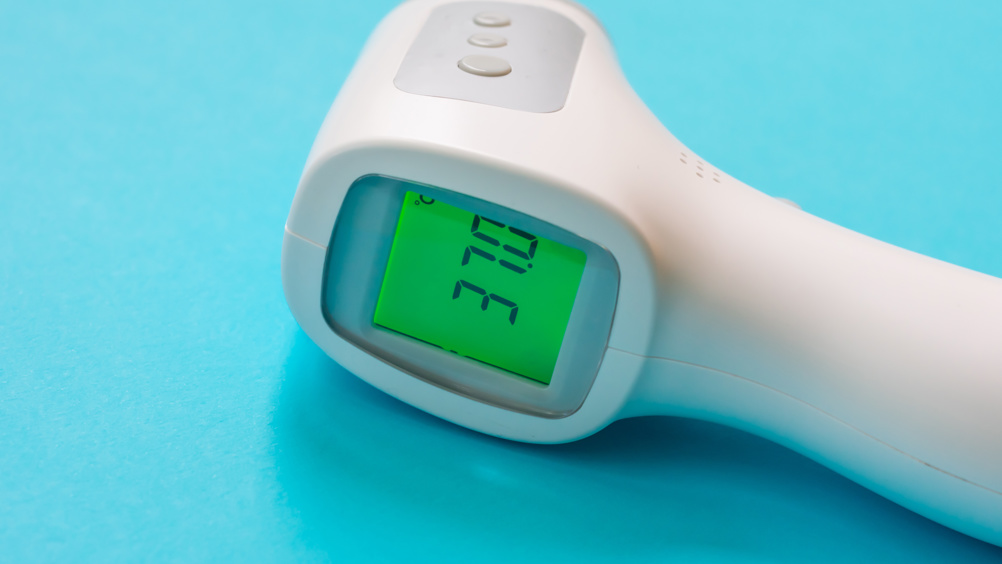Evaluation of infrared technology to detect category I and suspected deep tissue injury in hospitalised patients

Abstract
Objective:
To evaluate the use of an infrared thermography device in assessing skin temperature among category I pressure ulcer (PU) and/or suspected deep tissue injuries (SDTI) with intact skin.
Methods:
An observational cross-sectional study design was used. Adult inpatients (cases) who had a category I PU or suspected deep tissue injury (skin intact) on the sacral or heel during the study period (March to April 2018) were recruited. Patients without a PU were also recruited to act as control. Thermal images of the patient’s PU site and non-PU site were taken within 24 hours of PU occurrence. Thermal images of the control patients (no PU) were also taken. Each PU case was matched to three control patients in terms of age, gender, race and anatomical sites. All thermal images were taken using a portable CAT S60 Thermal Imaging Rugged Smartphone (Caterpillar Inc., US) that provided readings of the skin temperature in degrees Celsius.
Results:
A total of 17 cases and 51 controls were recruited. Among the cases, the mean difference in skin temperature between the PU site (mean: 31.14°C; standard deviation [SD]: 1.54) and control site within the cases (mean: 28.93°C; SD: 3.47) was significant (difference: 2.21±3.66°C; p=0.024). When comparing between all cases and controls, the mean temperature difference was non-significant. When comparing between the category I PU and suspected deep pressure injury cases, the mean difference was also non-significant.
Conclusion:
Using infrared thermography technology at the bedside to measure skin temperature will support the clinical diagnosis of patients with skin types I to III. However, there is a need for a more accurate and objective measurement to identify and diagnose early category I PU or suspected deep tissue injury in adult patients with darker skin types 4 and above, enabling early initiation of preventive measures in the hospital acute care setting.
Pressure ulcers (PU; also know as pressure injuries) remain a top patient safety goal and a challenge in the clinical setting. Hospital-acquired pressure ulcers (HAPU) are a common issue worldwide, often associated with high levels of morbidity and mortality.1 The economic cost involved in the management of HAPUs is high and will continue to increase.2,3
PU is defined as a localised injury to the skin and/or underlying tissue, mainly over a bony prominence, caused by pressure or combination of pressure and shear.4 Category I PU is the most superficial type, with defining characteristics including non-blanchable erythema of intact skin, which can be challenging to assess in patients with darkly pigmented skin, as well as oedema, induration and changes in skin temperature.4
The routine assessment of PUs in the clinical setting is mainly conducted by ward nurses with varying years of clinical experience. Detection of category I PUs or deep tissue injury may be a challenge among non-specialist nurses, especially in patients with a dark skin tone, which may result in a delay in carrying out preventive measures or treatment.5
Register now to continue reading
Thank you for visiting Journal of Wound Care's World Union of Wound Healing Supplement and reading some of our peer-reviewed resources for healthcare professionals. To read more, please register today.
